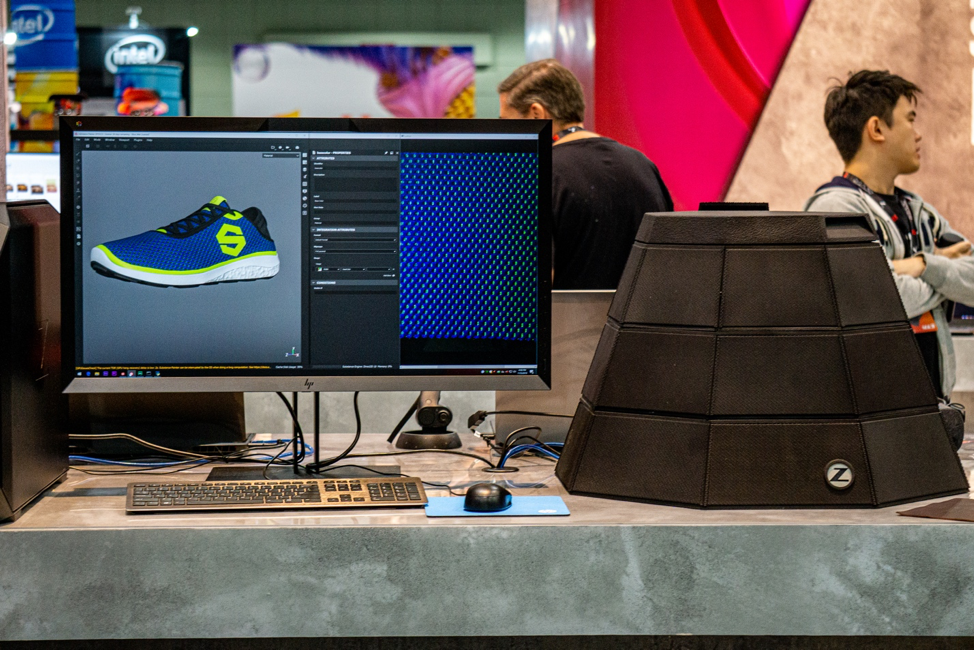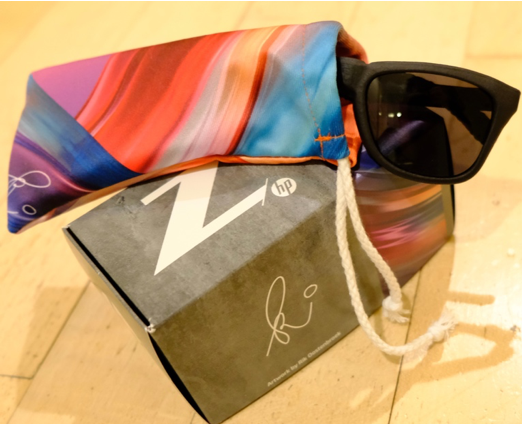HP and Adobe team up to create tools for material capture and use.

It’s no secret that Adobe is growing its 3D business. What is kind of a secret is exactly how they are going to do that. The company has been steadily acquiring people and technology in the realm of 3D imaging and creation, but the tools that are actually available to Adobe customers are scattershot and still in development.
Substance is an example of an Adobe acquisition that is expanding the company’s horizons and it’s got application throughout the Adobe family and beyond. Materials are at the heart of digital visualization. Industrial design, fashion design, AEC visualization, video and photography, all rely on digital translations of textures. Most basically renderers are only as good as the materials.
HP has also been working in these same areas. The company has been involved in textiles, 3D printing, and, of course, 3D design. Of the computer OEMs, HP has an unchallenged advantage in 3D content capture and 3D printing. All that was on show at Adobe Max.

The company had a Jet Fusion 3D printer at the show as well as their brand new Captis device for material capture. To demonstrate the breadth of their play, HP gave away a gift box with 3D printed sunglasses. HP’s technology had a role in every step of the process. The boxes were custom printed using HP’s Indigo printers which print cartons. The sunglasses came in a fabric bag that was also printed using HP’s Stitch textile printers. After all that, it seems kind of obvious that the glasses themselves were printed on HP’s Jet Fusion 3D printers, but the glasses also had a custom leather-like texture through Substance.
HP used the Jet Fusion to build the Captis device. The pyramid-shaped device is built using 3D printed panels which house LED lights. The material to be captured is laid on the bottom and is photographed multiple times with different light exposures and angles.
What’s also kind of cool is that the device is modular so the top layers can be lifted and taken to the field, literally. For instance, it could be laid on the ground and used to capture a mossy forest floor, or maybe a carpet.
To cap off the demo, the captured cloth was used with a 3D model of a sport shoe to show how designers might design, visualize, and manufacture a shoe.
The more you capture the better the result and the HP Adobe alliance is focusing on professional markets with these devices.
What do we think?
The fashion business is one of the last holdouts against the creeping forces of digitalization. The challenges of working with fabrics can be daunting since it includes physics, as well as 3D, color science, etc.—the details that are hardest to capture are often the most important. It’s a big opportunity and it’s attracting a mixed bag of competitors including Adobe, Dassault, and Foundry to name the companies we’ve talked to most recently. For many designers, Adobe is a constant because they start with sketches to create illustrations, which go on to be color studies, models, prototypes, Photoshop images and on it goes. When you talk to people who work from this end of design, designers often talk about CAD as the remote other end, a last step before manufacture. For instance, Delcam Shoemaker Pro is a specialized CAD tool for shoe design, which arrived with some fanfare in 2015. It designs on digital lasts and can create patterns for cutting fabrics, etc. Its visualizations include padding, stitching, etc.
As Adobe gathers in more 3D capability, it’s not surprising that it has its own ideas about how design pipelines might change to accommodate more of Adobe tools. It’s intriguing to think about how the front end of design can come together with direct manufacture. There’s a way to go down that road, but plenty of companies are revving their engines.






